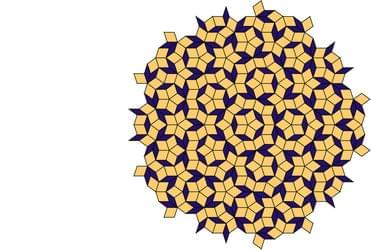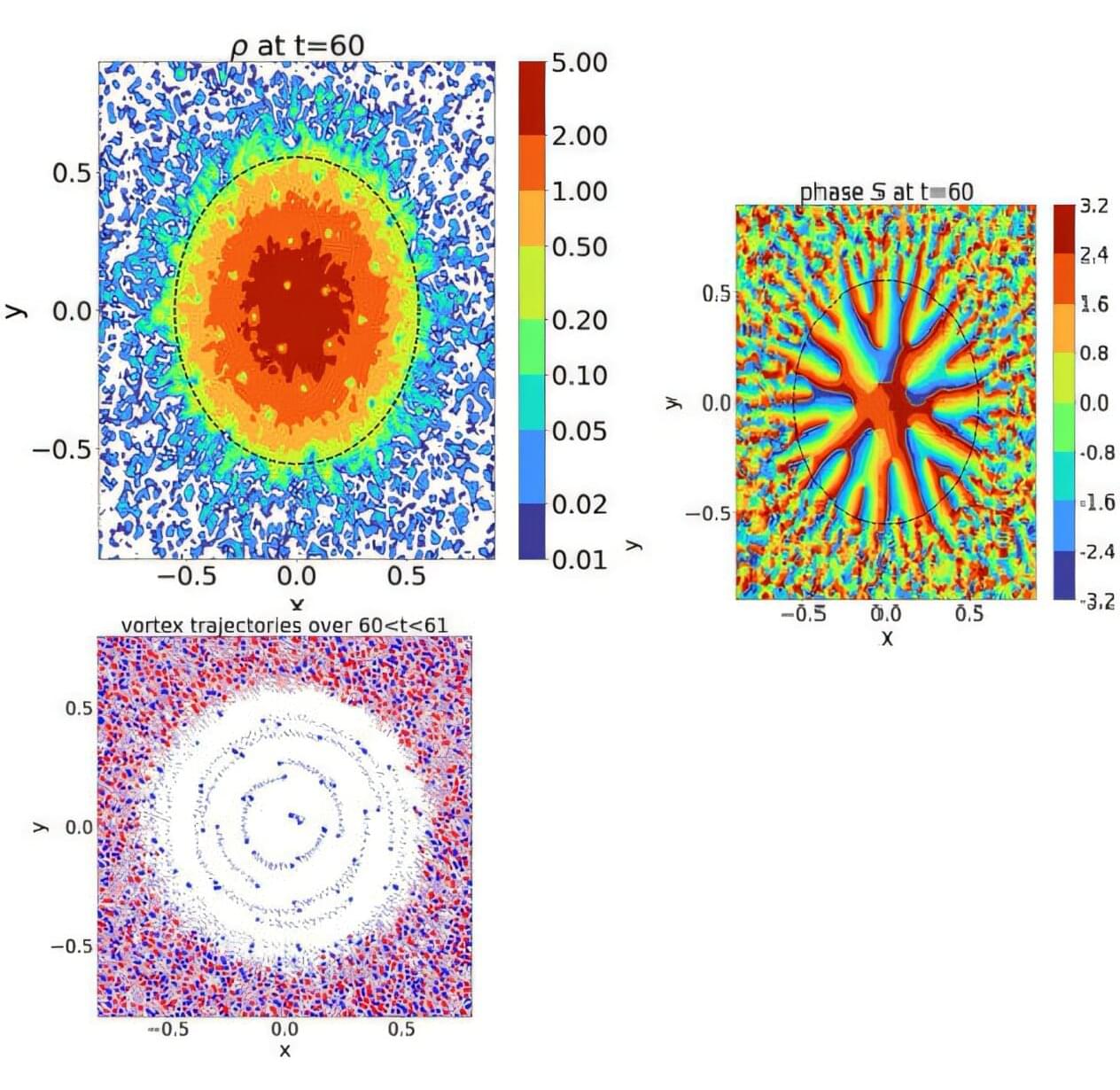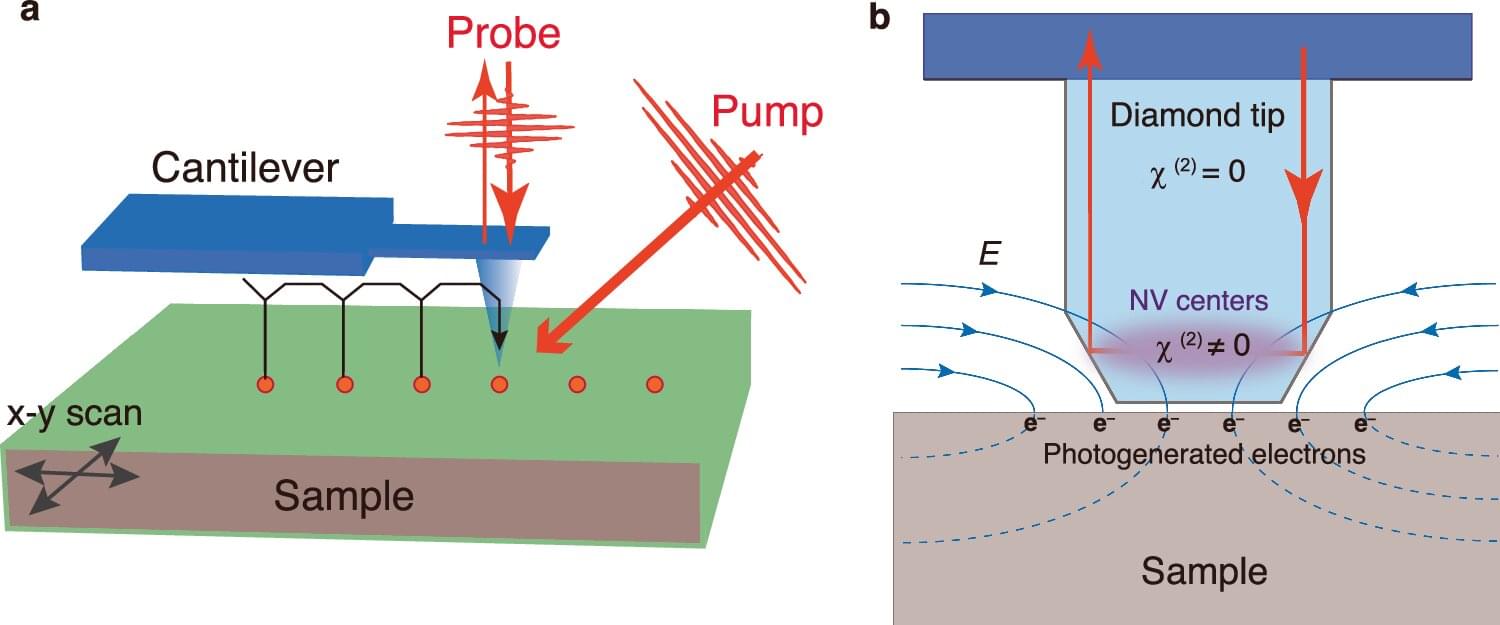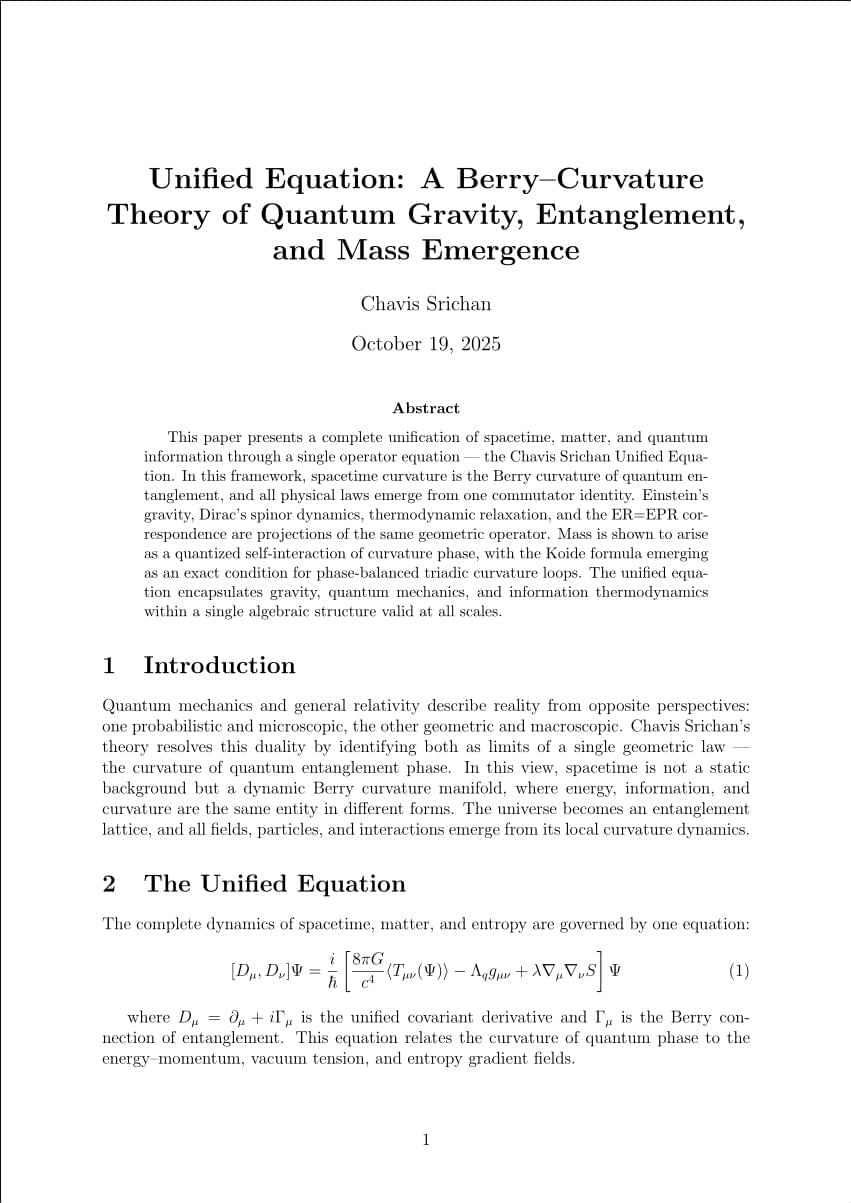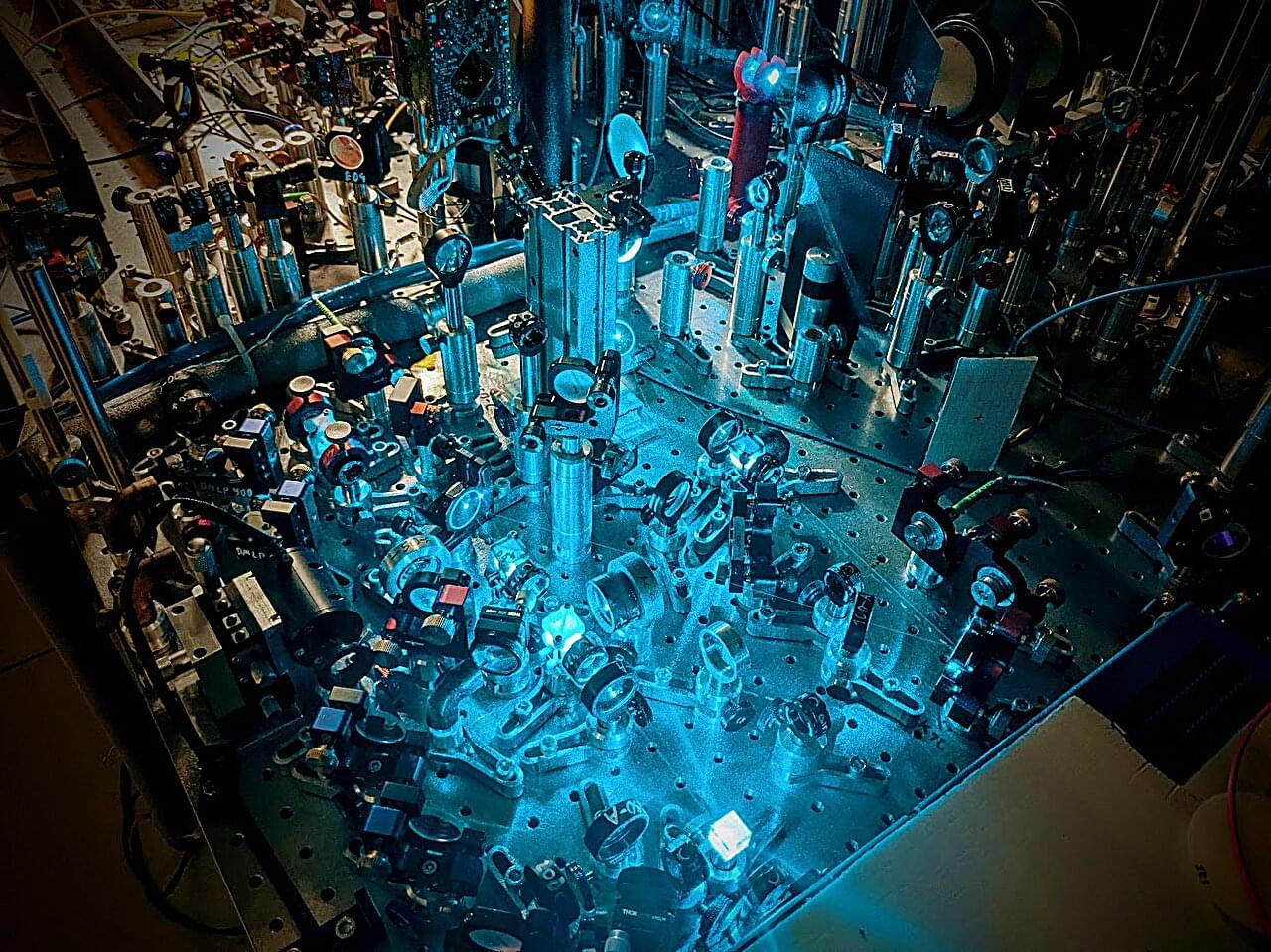Large-scale obstacles to crystal growth can throw the whole lattice off kilter, but quasicrystals can accommodate them without losing their atomic-scale order.
When a growing crystal encounters an obstacle, the orderly array of atoms may have to adjust in ways that create lattice defects or large-scale rearrangements. But a research team has found through experiments that peculiar materials called quasicrystals can take such disruptions in stride [1] The quasicrystalline lattice, which is orderly but not periodic, can accommodate obstacles without sacrificing its order, thanks to a type of rearrangement unique to quasicrystals. The work suggests the possibility of making quasicrystalline metal alloys that are more durable than conventional alloys.
Quasicrystals, discovered in 1984, are typically compounds composed of metals such as aluminum, nickel, and manganese. X-ray diffraction seems to show that their atomic lattices have symmetries that aren’t permitted in conventional crystals, such as pentagonal or decagonal symmetry. But these symmetries can exist in small regions because quasicrystals are not conventional crystals—you can’t shift the atomic lattice in space and then superimpose it exactly on the original lattice.
